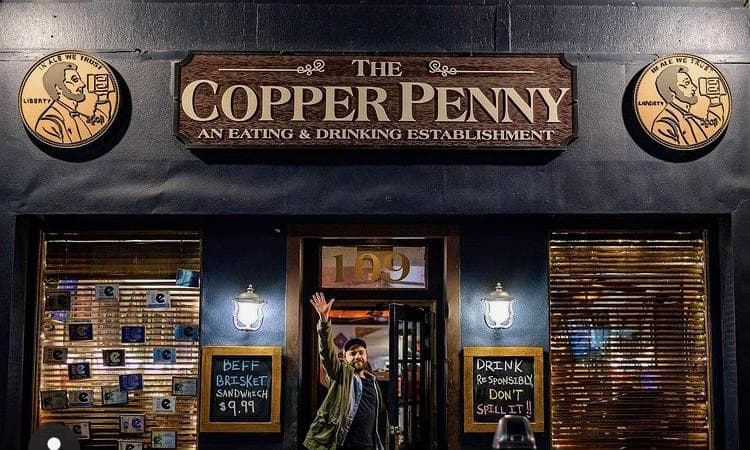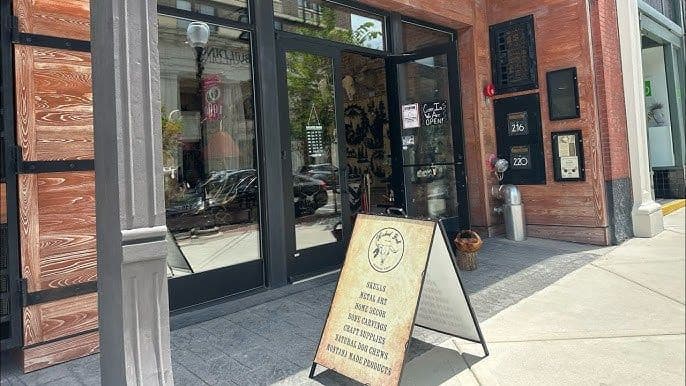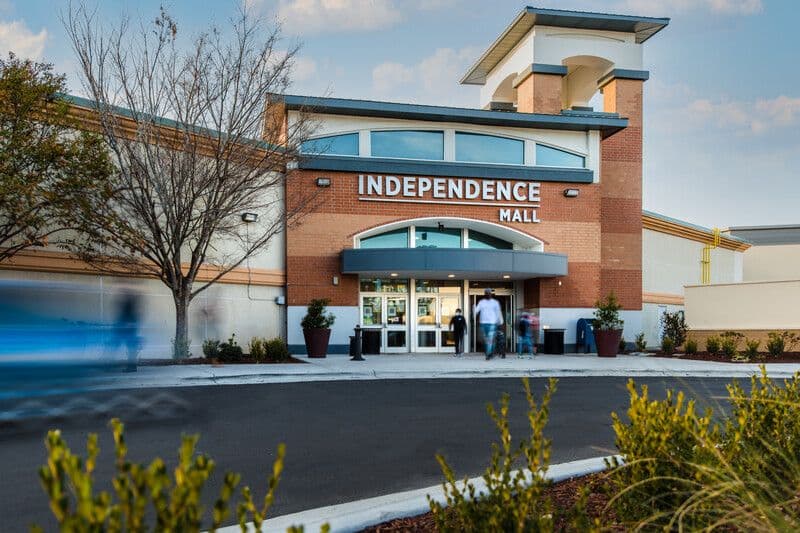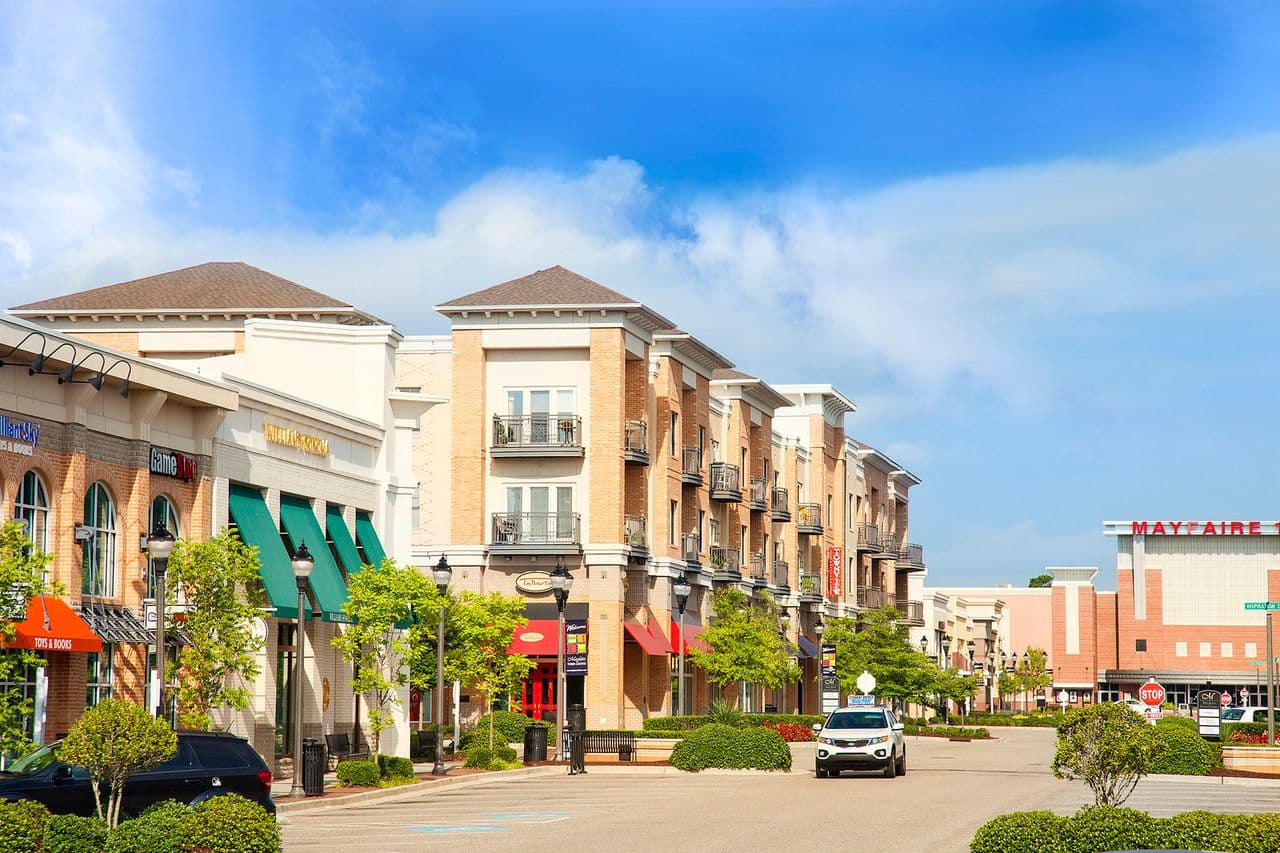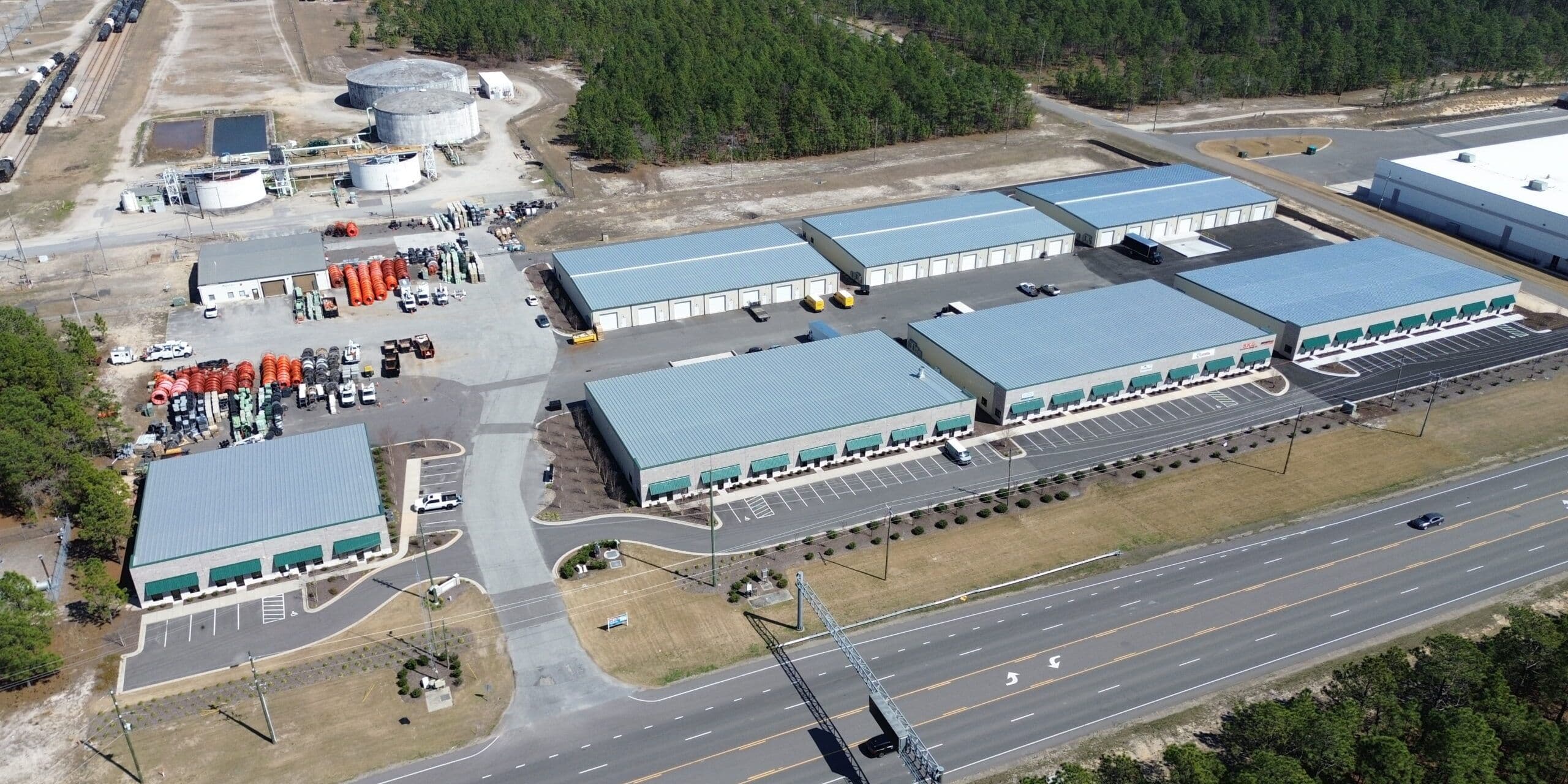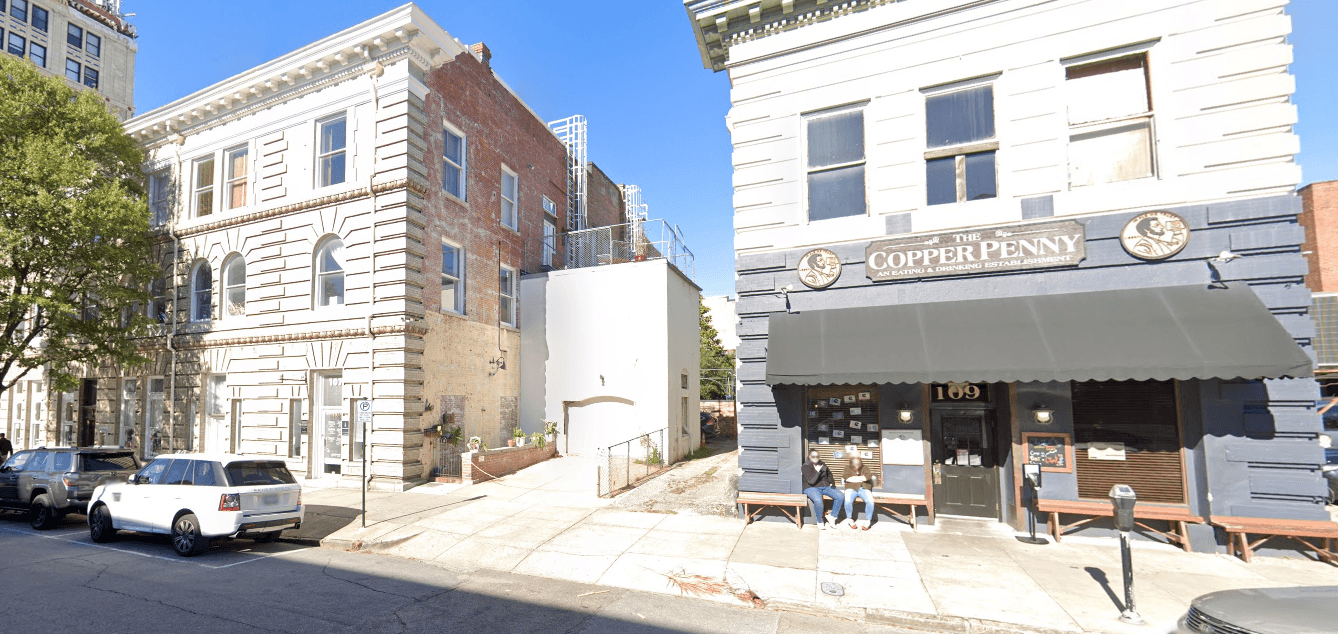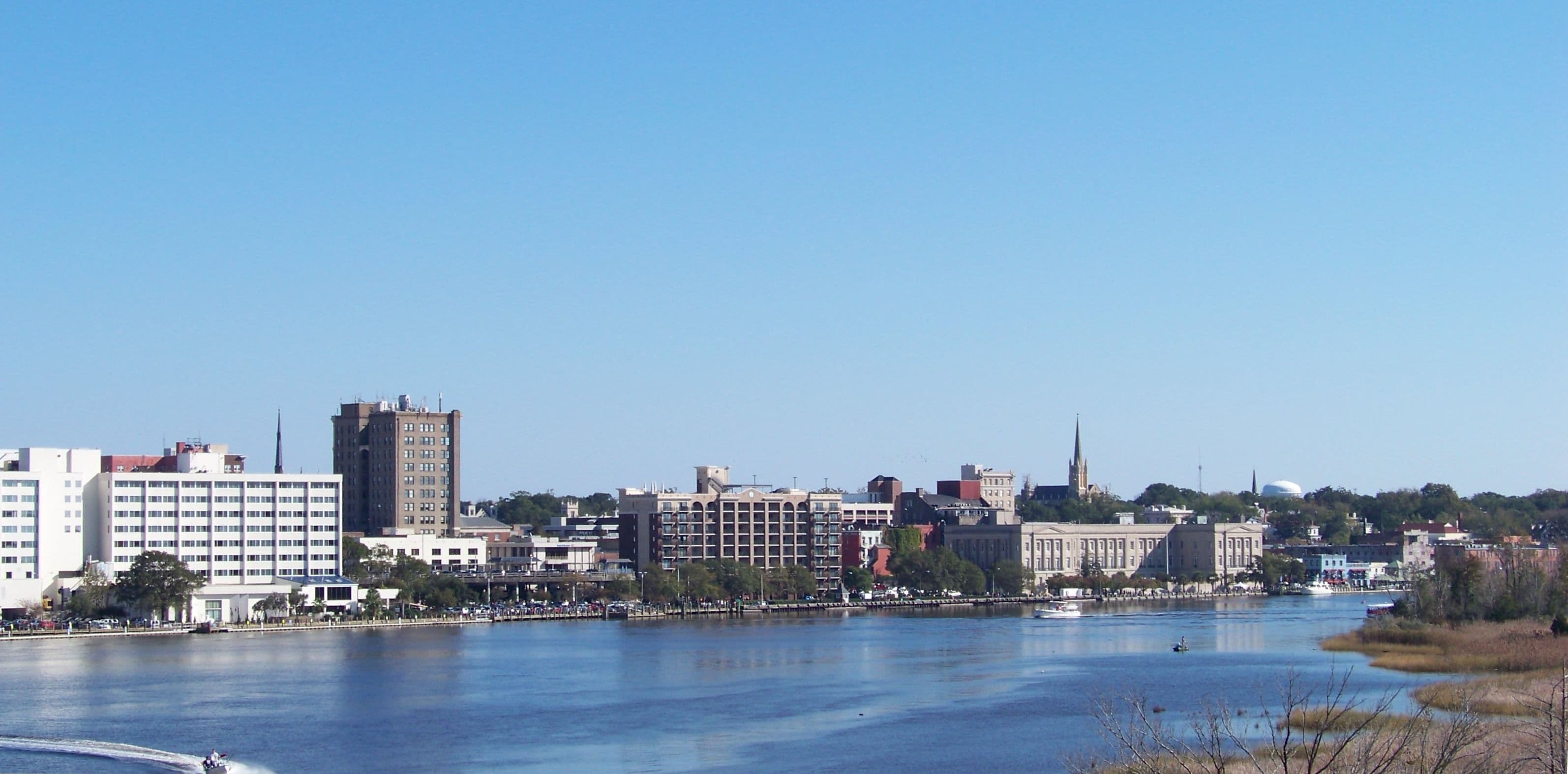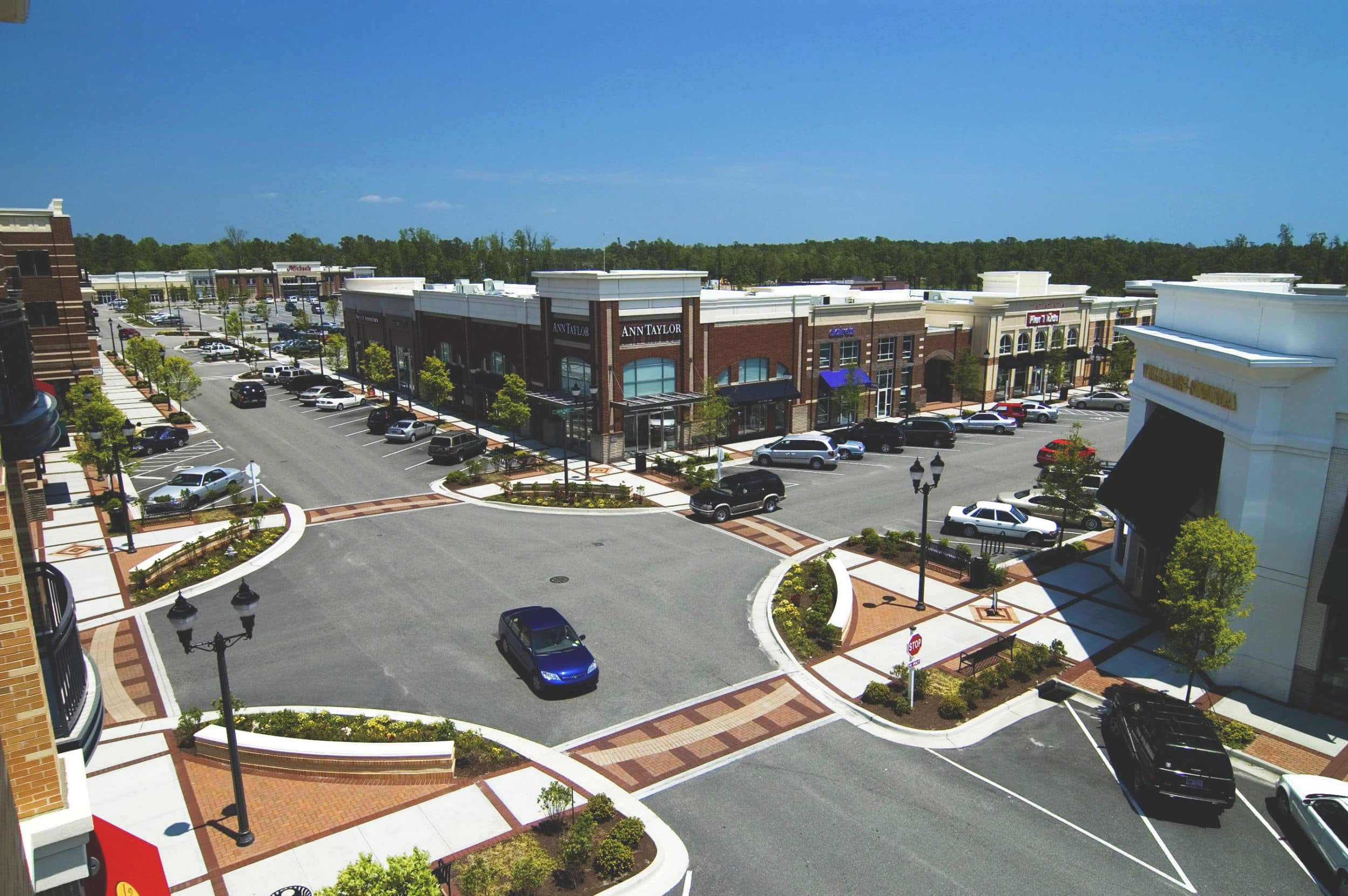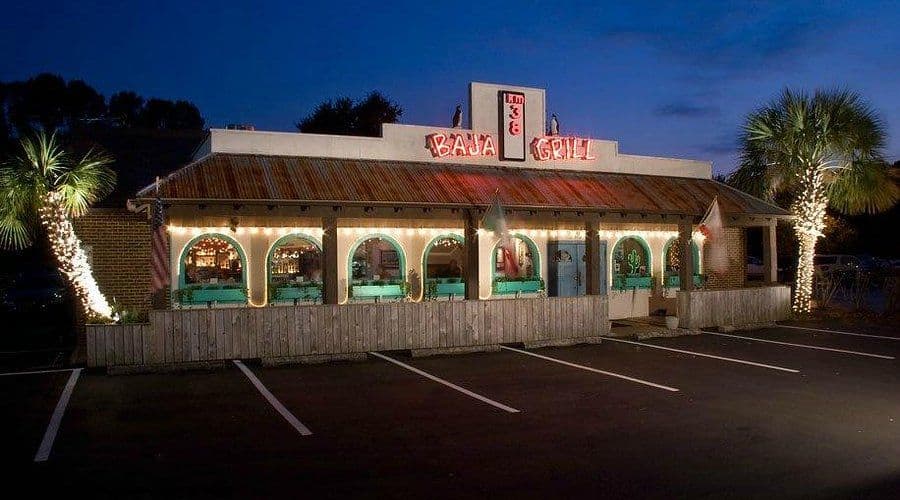Downtown Wilmington Redevelopment Offers Rare Entry for Private Investors
Historic buildings downtown are being transformed into luxury mixed-use spaces, inviting opportunity for strategic equity holders.
Jul 26 2025
1 min read
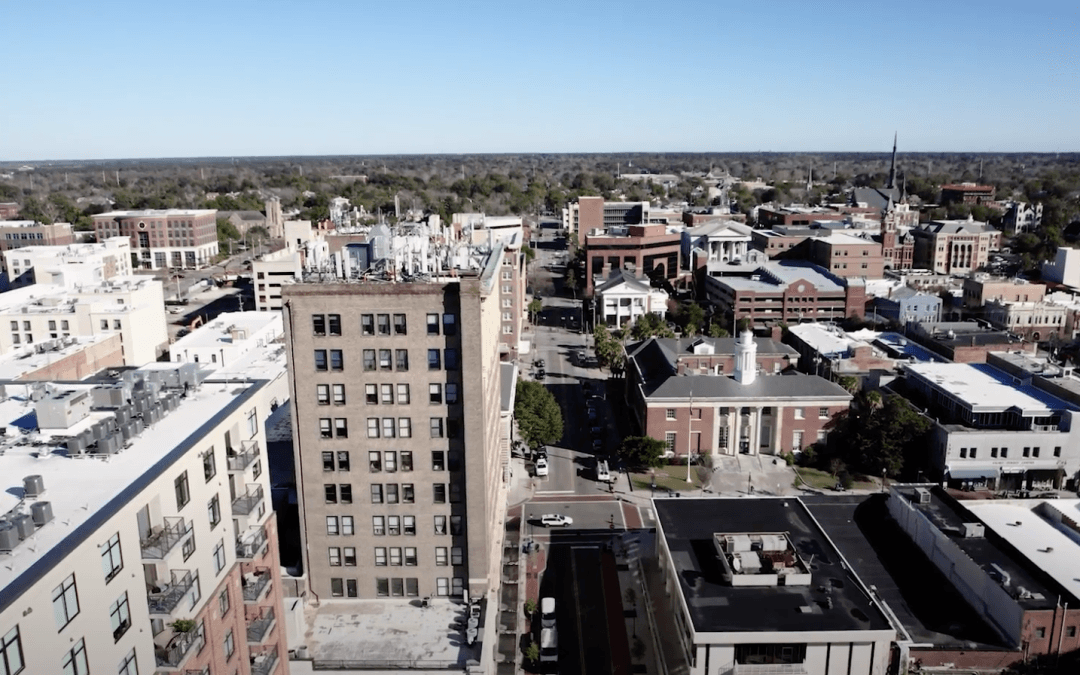
Wilmington, NC — A quiet renaissance is unfolding in Downtown Wilmington as city leaders and private developers breathe new life into historic warehouses and long-underutilized parcels. Transformations are accelerating along Front Street and near the Skyline Center, where new approvals are clearing the way for boutique hotels, upscale lofts, and curated retail environments.
The area around Live Oak Bank Pavilion is now emerging as a high-foot-traffic anchor for entertainment, dining, and hospitality. With a growing volume of visitors and residents, the downtown core is becoming an increasingly attractive environment for mixed-use investments.
Wilmington Downtown, Inc. is working directly with property owners and private stakeholders to support public safety, placemaking, and beautification. This combination of civic alignment and private-sector confidence is setting the stage for an era of focused, high-yield redevelopment.
Historic Incentives and Smart Capital Stack Opportunities
Wilmington’s abundance of pre-war architecture presents a compelling opportunity for adaptive reuse, and many of these properties are eligible for state and federal historic rehabilitation tax credits. These credits can significantly offset upfront investment, enabling a more attractive capital stack for developers targeting boutique hotel, loft residential, or office conversions.
Zoning flexibility under the city’s Greater Downtown Plan also supports density and mixed-use development while maintaining architectural integrity—making it easier for investors to unlock value without excessive permitting friction.
Market Fundamentals: Demand Is Surging Downtown
Over the last decade, Downtown Wilmington has attracted significant private capital across housing and hospitality sectors. Residential units and downtown business openings have grown in tandem, while new venues and cultural anchors continue to draw regional foot traffic year-round.
Hospitality demand has spiked in correlation with Wilmington’s lifestyle migration trend, and commercial leasing activity is rebounding downtown. New restaurants, galleries, and retail destinations are repositioning legacy corridors into dynamic live-work-play districts.
Residential occupancy is tightening, with rental rates rising steadily as young professionals, entrepreneurs, and remote workers seek walkable access to the waterfront and nightlife.
Strategic Advantage for Early Investors
- Equity access to prime locations: Several large parcels and historic structures in the early stages of redevelopment are now seeking private equity participation.
- Hotel and retail pre-leasing upside: As the downtown population grows, demand for boutique lodging and street-level experiences continues to strengthen.
- Capitalize on the window: As more capital enters the market, first-movers will benefit from a pricing advantage and greater flexibility in shaping development terms.
Investors who align now with stakeholders leading the transformation stand to benefit from rising valuations and strong yield potential. Those contributing land, capital, or redevelopment leadership may also qualify for incentive layering and long-term tax efficiencies.
Operational Considerations
Redevelopment in historic corridors carries unique risks, including building code compliance, facade upgrades, and structural integrity reviews. Many older buildings may require strategic restoration work. However, support programs for façade improvements and downtown revitalization are in place to help offset risk.
Ongoing upgrades to pedestrian infrastructure, public lighting, and safety patrols are also reinforcing the city’s commitment to a cleaner, more welcoming downtown.
Wilmington’s Moment
Wilmington is transitioning from an undervalued coastal hub into a regional destination defined by economic momentum and lifestyle appeal. This evolution is being led not only by tourists, but by residents who want to live, invest, and build in a city with character, coastline, and long-term upside.
The opportunity for strategic investors is clear: this is a moment of controlled transformation, with the tools in place to achieve outsized returns for those who act early and think long-term.

Marcus Lane
Marcus Lane writes about real estate, urban planning, and regional business strategy across Southeastern North Carolina. With a background in market analysis and civic reporting, he brings practical insights to emerging development stories and public-private partnerships.
Related Posts
More stories from the same category
Recent Posts
Stay up to date with our latest stories
Protocase and 45Drives Accelerate U.S. Growth with Major Wilmington Expansion
Mayfaire Town Center Adds Nurse‑Led Piercing Studio and Children’s Fashion Store

Subscribe to Newsletter
Provide your email to get email notification when we launch new products or publish new articles

